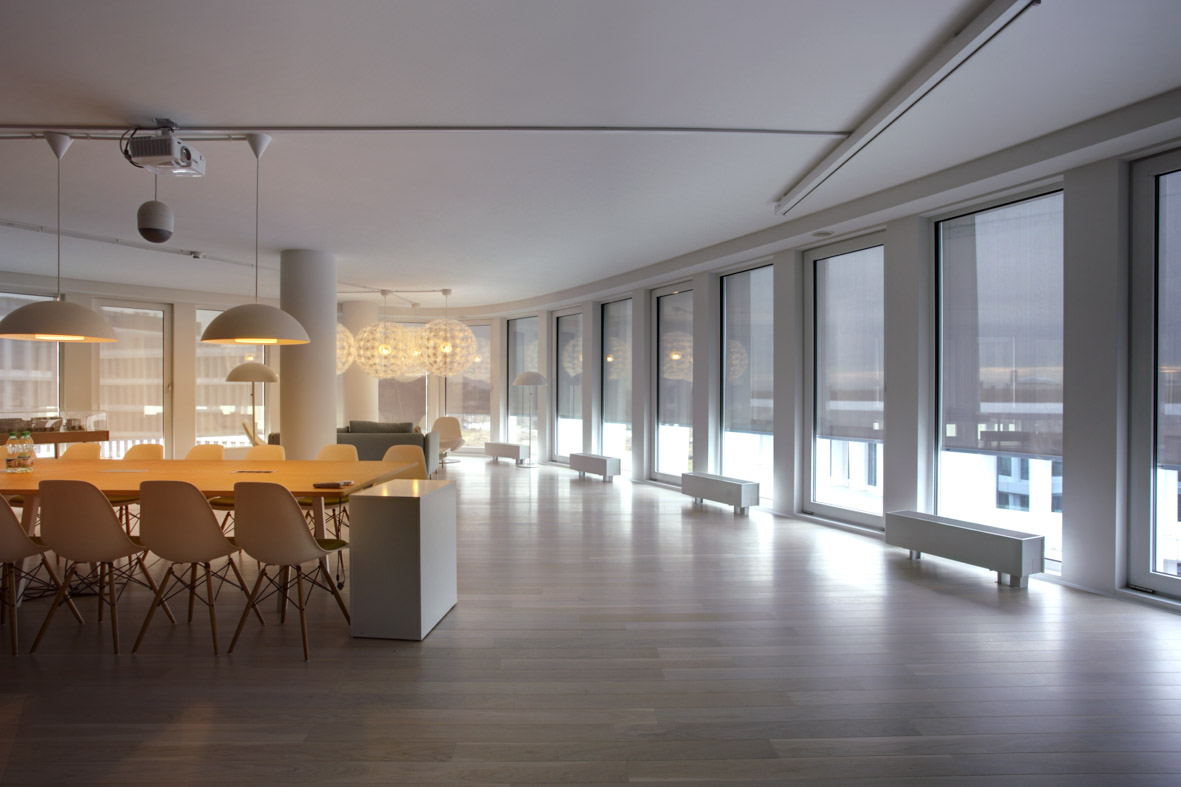BREEAM (Building Research Establishment's Environmental Assessment Method) and LEED (Leadership in Energy and Environmental Design) are the most widely used environmental assessment methods for buildings.
Curiously though, these methods do not explicitly mention the use of solar shading as a possible energy saving tool. Only the Dutch version of BREEAM, BREEAM-NL, mentions that solar shading should preferably have a glare control class 3 according to EN 14501. In this case only visual comfort is really taken into account as an aspect of solar shading, not energy savings and thermal comfort.
A missed opportunity in our opinion. This is why it is important to have a good idea of the customer’s needs when proposing a solar shading solution. Each project should be assessed according to its circumstances: its size, location, façade orientation, amount and type of glazing,…
Otherwise you risk ticking assessment boxes while losing site of the bigger picture. Your project may not need a fabric with a glare control class 3. This is good for offices with computer screens, but might be a poor choice for an area where ample daylight is needed, such as a workshop.
No idea where to start? Our people have the expertise to help you. Do not hesitate to send your enquiries to marketing@helioscreen.com. We will be happy to help.





